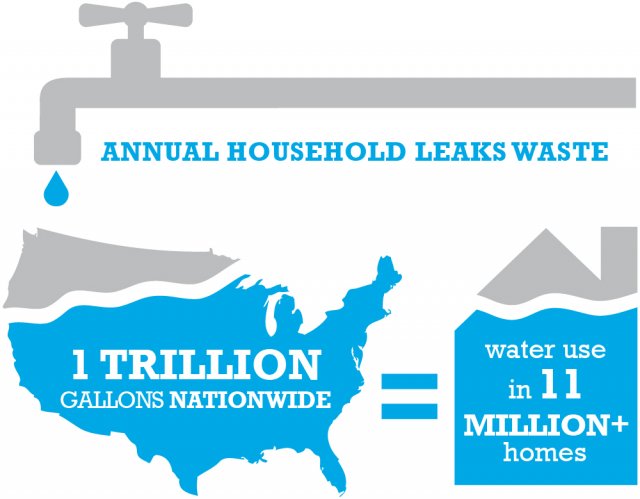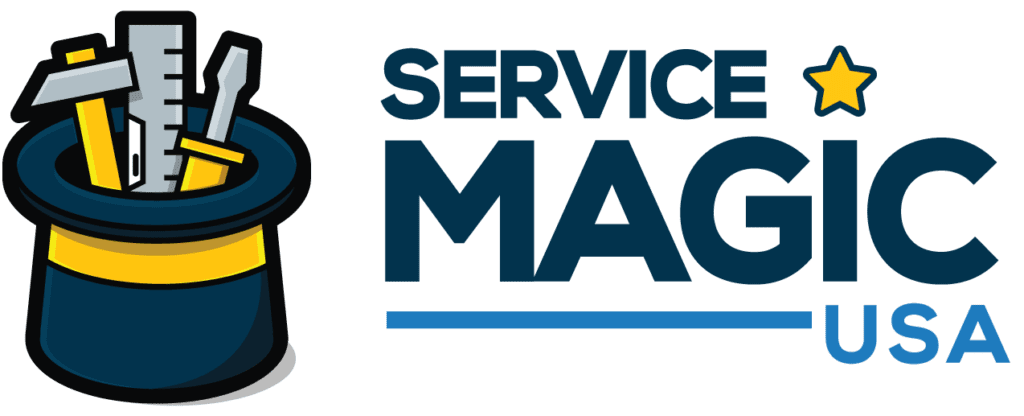
Repairing common plumbing leaks is a simple DIY project you can usually do without the need for professional help. According to the Environmental Protection Agency, common household leaks can waste as much as 1 trillion gallons of water in a given year! Aside from damage done to the environment, the wasted water can put a huge hurt on your wallet once your utility bill comes in.
To avoid water waste and prevent bigger issues like water damage and mold contamination, keep an eye out for leaks and fix them right away.
First thing’s first, when taking care of water leaks the first step is always the same – turn off the main water supply! If you don’t, you’ll find yourself covering the room with a huge burst of water.
Shower Leaks
Look out for standing water, drippage, stains, and mold when the water is turned off. If you find anything unusual, tighten the shower head and pipe stem with a wrench. If it looks worn out, replace the washer or “O” ring inside the shower head prior to tightening. Make sure to seal the connection with plumber’s tape to prevent any future leaks. If you find water seepage from a tub frame, reseal it with some new caulking.
Toilet Leaks
Toilet leaks can cause a number of symptoms, such as loosened floor tiles, pooled water, worn out valves and even a wobbling toilet. To be extra sure that you have a toilet leak just put some food coloring in the tank and wait a few minutes to see if any color appears in the toilet bowl. If so, you know that a leak exists.
An inexpensive way to remedy a leaky toilet is by replacing the flapper valves within the tank. Take the original flapper to a local home improvement store and be sure to replace it with the exact same one for your toilet. You can purchase some new toilet shims to prevent a wobbly toilet, but if those don’t fix the leak you may need to have the toilet reinstalled with a new wax ring.
Sink Leaks
Check the cabinet beneath the sink for any puddles or damp areas near the pipes. A dripping faucet or worn out caulk can also be indicators of a leaking sink. Be sure to check the rims, shutoff valves, pipe joints and supply line connections for common sources of leakage.
Sink and faucet leakages are usually fixed by tightening the valves and connections. You can use plumber’s tape to reinforce these seals, but keep in mind that a crowded cabinet beneath the sink can cause damage to, and even loosen the water supply pipes and connections. Also, a crowded cabinet will make it more difficult to notice the common signs of leaks, such as puddles or dripping water.
Customize Your Plan Today!
While you can’t prevent things from going wrong with your home’s plumbing system, you can be prepared with a home warranty.
